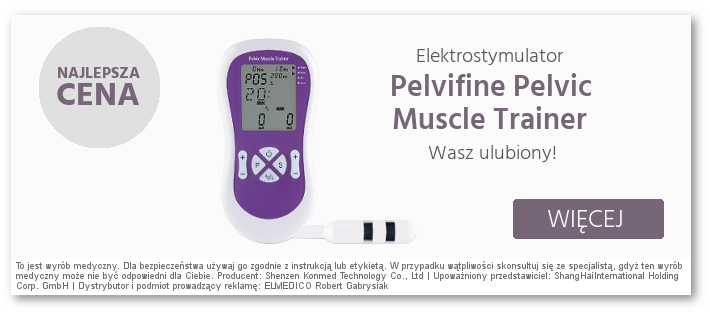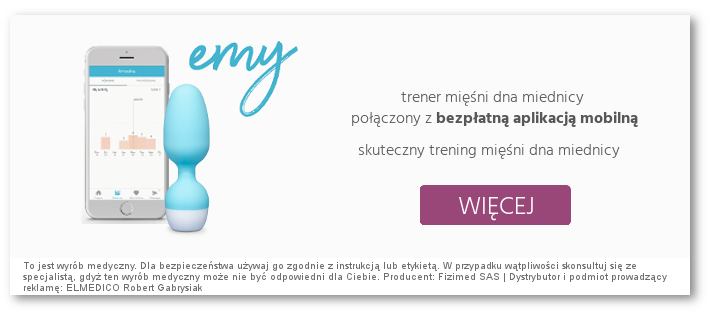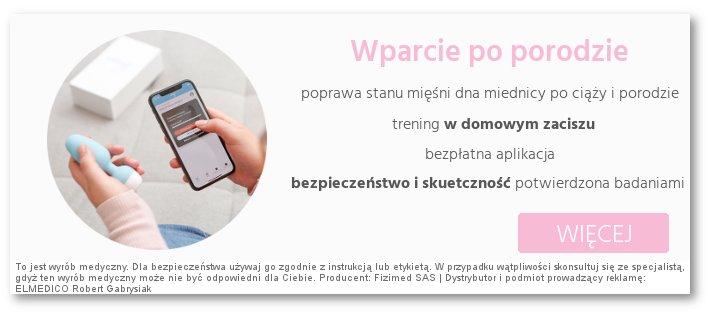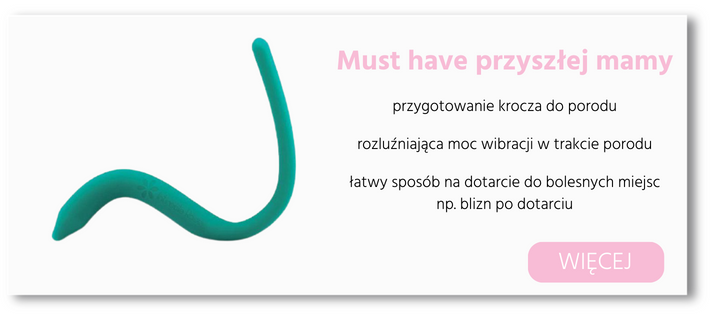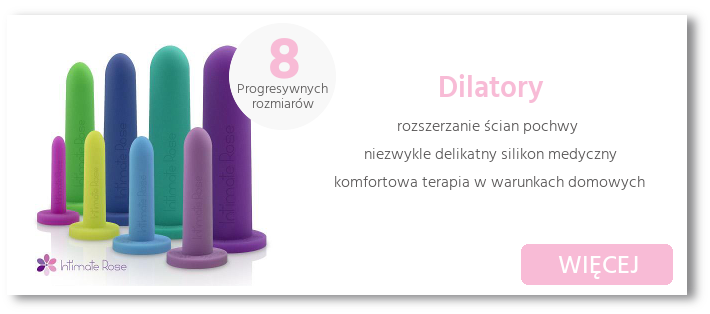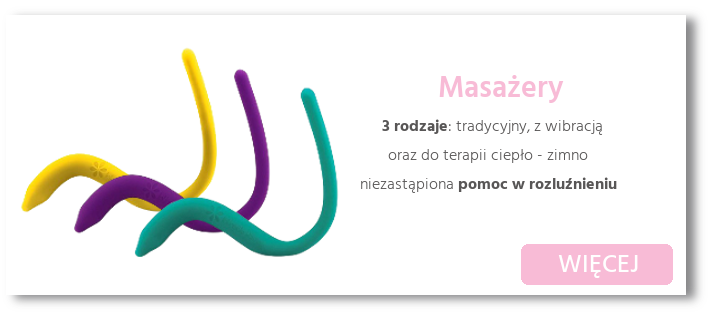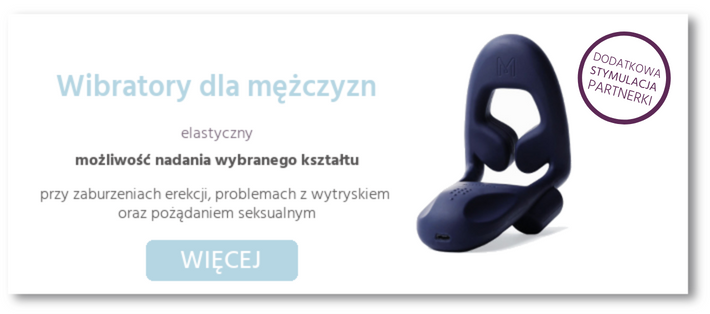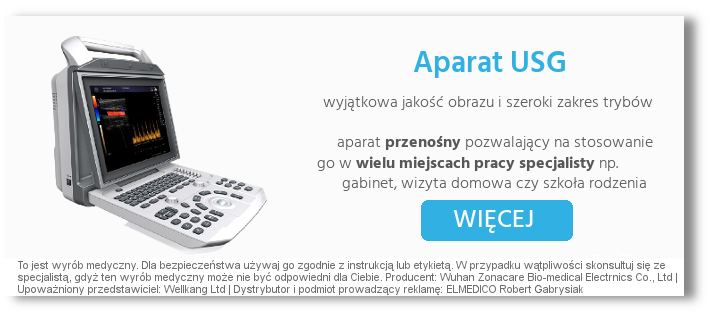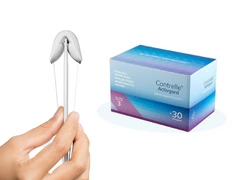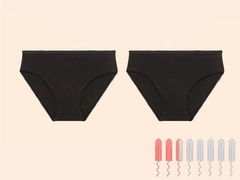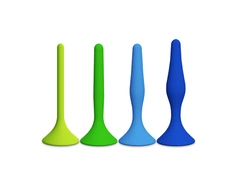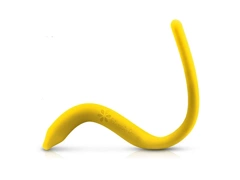Łatwy zwrot towaru
Balonik do przygotowania do porodu EPI-NO Delphine - balonik do porodu
Balonik EPI-NO Delphine to nowoczesne urządzenie do treningu przedporodowego, które ma na celu przygotowanie krocza do porodu, zmniejszając ryzyko urazów podczas porodu naturalnego. Balonik został stworzony w Niemczech przez specjalistów zajmujących się porodami i zdrowiem kobiet jako urządzenie do treningu przedporodowego i wzmacniania mięśni dna miednicy.
EPI-NO składa się z cienkiego balonu silikonowego połączonego z elastyczną rurką i pompką do ręcznego pompowania. W odróżnieniu od modelu Delphine Plus, nie posiada manometru.
Trening z balonikiem przed porodem jest bezpieczną metodą, która delikatnie rozwiera mięśnie dna miednicy i przygotowuje wejście do pochwy. Po porodzie może służyć do ćwiczeń mięśni dna miednicy celem odzyskania ich siły po porodzie.

W jakim celu używa się balonik do porodu?
- Przygotowanie do porodu przy użyciu balonika – pozwala przygotować mięśnie krocza do porodu naturalnego, dzięki czemu sam poród trwa krócej
- Wzmocnienie mięśni dna miednicy przy użyciu balonika – nauka napinania i rozluźniania mięśni, które trzymają balonik w pochwie.
- Symulacja porodu – na zakończenie treningu przedporodowego zaleca się stopniowe wypychanie napompowanego balonika z pochwy poprzez kontrakcje mięśni dna miednicy. Ten manewr symuluje przejście główki dziecka przez kanał rodny.
- Powrót do formy po porodzie – ćwiczenia mięśni dna miednicy (ćwiczenia Kegla), które poprawiają siłę, elastyczność i napięcie mięśni dna miednicy.
Czy warto używać balonik przygotowujący do porodu - korzyści stosowania:
- opcja uzupełniająca przy masażu krocza w celu przygotowania do porodu
- zmniejsza ryzyko pęknięć krocza i nacięcia krocza
- skrócenie czasu trwania drugiej fazy porodu
- zmniejszenie ryzyka wykonania cesarskiego cięcia
- redukuje ilość podawanych leków przeciwbólowych w trakcie porodu
- niweluje stres okołoporodowy u mamy i dziecka
- przyspieszenie procesu regeneracji
- wzmacnia i tonizuje mięśnie dna miednicy
Przygotowanie do porodu z balonikiem EPI-NO
Przygotowanie krocza do porodu poprzez trening rozpoczyna się po 36 tygodniu ciąży (czyli 3-4 tygodnie przed planowanym terminem porodu). Balonik porodowy jest delikatnie wprowadzany do pochwy na około dwie trzecie jego długości i stopniowo nadmuchiwany, aby rozszerzyć krocze do momentu osiągnięcia osobistego komfortu (podczas ćwiczeń nie można doprowadzać do uczucia dyskomfortu). Ćwiczenia te są wykonywane codziennie, trwają 20 minut i składają się z kilku cykli po 5 minut każdy. W trakcie treningu balon jest wkładany do pochwy i nadmuchiwany.
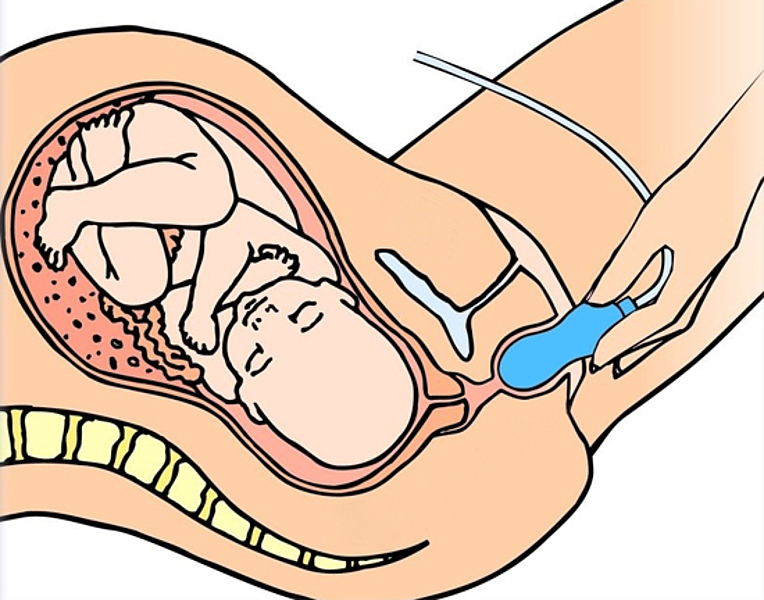
Optymalne treningi mogą być realizowane poprzez osiągnięcie średnicy balonu wynoszącej od 8,5 do 10 cm i możliwość wypchnięcia go z pochwy po nadmuchaniu. Ćwiczenia te skupiają się na mięśniach dna miednicy. Kobiety w ciąży korzystające z EPI-NO zazwyczaj uzyskują rozciągnięcie od 8,5 do 10 cm w ciągu 3-4 tygodni. Te osoby, które osiągną średnicę 8,5 cm, będą miały dodatkowe 1,5 cm podczas porodu. Po wykonaniu rozciągających ćwiczeń, balon można delikatnie wyciągnąć, co pozwala symulować poczucie kontroli podczas samego porodu.

Pozycja EPI-NO po napompowaniu do 10 cm po ponad 3 tygodniach treningu.
Balonik do porodu EPI-NO - bezpieczne urządzenie, którego skuteczność została potwierdzona klinicznie
Badania kliniczne udowodniły skuteczność balonika do porodu, który pokazał, że użycie EPI-NO miało wpływ na:
- skrócenie drugiej fazy porodu (1)
- spadek wskaźnika nacięcia krocza, a co za tym idzie zmniejszenie ryzyka wystąpienia powikłań po nacięciu (1, 4, 5)
- zmniejszenie liczby podawanych środków znieczulających (1)
- lepsze wyniki noworodków w skali APGAR (1)
- zmniejszenie lęku przed porodem
- poprawa stanu mięśni dna miednicy w treningu poporodowym (3)
Stosowanie balonika jest w pełni bezpieczne dla mamy i dziecka - w badaniach klinicznych EPI-NO nie stwierdzono wpływu na pojawienie się skurczów macicy, rozwarcia szyjki macicy lub ryzyko wywoływania porodu (indukcja porodu).
Balonik EPI-NO - opinia lekarza
„Trening dna miednicy z urządzeniem EPI-NO opiera się na znanej od wielu lat koncepcji terapii (trening dna miednicy przeciw oporowi z wykorzystaniem biofeedbacku). Z literatury wiadomo, że ta forma terapii dna miednicy może być skuteczną i niedrogą formą terapii nietrzymania moczu”.
Dr Christian Dannecker, starszy lekarz uroginekologii. Uniwersytet w Monachium, Niemcy.
„…Ponieważ zdecydowana większość kobiet w naszej klinice korzysta z trenażera porodowego Epi-No (jest on również dobrze reklamowany na kursach ciążowych), odsetek skaleczeń i większych uszkodzeń drastycznie spadł. Jest to coraz częstsze. że matki rodzące po raz pierwszy rodzą z nieuszkodzonym kroczem (nawet jeśli rodzą większe dzieci) i że łzy są często stosunkowo niewielkie. Zacząłem mieć trudności ze szkoleniem moich asystentów lekarzy w zakresie leczenia urazów porodowych, ponieważ one po prostu nie występują Z tego instrumentu korzystają szczególnie matki, które chcą rodzić po raz pierwszy, ale z pewnością jest ono przydatne także w przypadku kolejnych ciąż. Dla nas to narzędzie stanowi małą rewolucję i gorąco możemy polecić jego stosowanie."
Dr Peter Böhi, Kierownik Kliniki ds. Ginekologia i położnictwo, Altstätten, Szwajcaria i ginekolog-rezydent.
Porównanie urządzeń EPI-NO
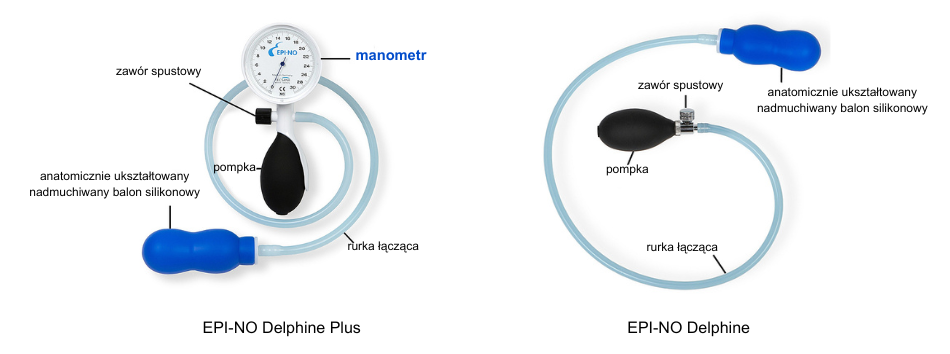
Kto nie może używać balonika do porodu? Przeciwwskazania do stosowania balonika
- przy nietypowym ułożeniu dziecka bądź przy niebezpieczeństwach związanych z wykonywaniem badań uniemożliwiających poród pochwowy (np. łożysko przodujące)
- w wypadku niebezpieczeństwa infekcji za sprawą rozwijających się zarazków (np. przedwczesne pęknięcie błon płodowych, infekcja pochwy)
- w wypadku niezagojonych urazów w okolicy narządów płciowych
- pod wpływem alkoholu i narkotyków
- w wypadku krwawień z pochwy (dróg rodnych)
- w wypadku złośliwych zachorowań w okolicy narządów płciowych (np. rak szyjki macicy)
- EPI-NO Delphine i Delphine Plus wolno stosować najwcześniej na trzy tygodnie przed wyliczonym terminem porodu lub zgodnie z ustaleniami poczynionymi z lekarzem lub położną
- EPI-NO Delphine i Delphine Plus nie należy używać do więcej niż dwóch ciąż, a także po upływie daty ważności
- należy zakończyć ćwiczenia wykonywane za pomocą EPI-NO Delphine i Delphine Plus, jeżeli odczuwalny jest ból
Ciężarne mogą korzystać z EPI-NO Delphine i Delphine Plus jedynie pod nadzorem lekarza lub położnej w przypadku:
- uszkodzenia nerwów i innych zachorowań ograniczających odczuwanie bólu w okolicy narządów płciowych
- porażenia poprzecznego
- stwardnienia rozsianego
- przyjmowania środków przeciwbólowych ograniczających odczuwanie bólu w okolicy pochwy
- wyraźnego rozszerzenia żył u wejścia do pochwy (żylaki)
Ciężarna, jak i kobieta po porodzie powinna skonsultować się z pracownikiem służby zdrowia przed rozpoczęciem korzystania z urządzenia EPI-NO. Możliwość korzystania z balonika może być indywidualna dla każdej ciężarnej.
Zawartość opakowania:
- urządzenie EPI-No Deliphine z pompką ręczną
- etui
- instrukcja obsługi
- First clinical experiences with the new birth trainer Epi-no® in primiparous women J. Hillebrenner, S. Wagenpfeil*, R. Schuchardt, M. Schelling, K.T.M. Schneider , Department for Obstetrics and Gynecology of the Technical University of Munich, Institute for Medical Statistics and Episiotomy
- Birth preparation with a novel birth training device, R. Schuchardt, J. Hillebrenner, S. Hoffmann, W. Horkel*, M. Schelling, KTM Schneider, Frauenklinik der TU-München; Klinikum rechts der Isar, Abteilung für Perinatalmedizin; * Praxis Starnberg
- Increase in the efficiency of postpartum pelvic floor training using the EPI-NO trainer, Irini Papadopoulou, midwife, Ottobrunn, December 2002
- Prospective randomised multicentre trial with the birth trainer EPI-NO® for the prevention of perineal trauma Eugen RUCKHÄBERLE, Katharina JUNDT, Martin BÄUERLE, Karl-Heinz BRISCH, Kurt ULM, Christian DANNECKER and Karl Theo Mario SCHNEIDER
- First Australian trial of the birth-training device Epi-No: A highly significantly increased chance of an intact perineum, Gabor T. KOVACS, Penny HEATH and Campbell HEATHER 2
UWAGA! Ze względów higienicznych ewentualny zwrot produktu w ramach 14-dniowego prawa zwrotu nie będzie uznawany w przypadku rozpakowania urządzenia i usunięcia plomby z opakowania.

